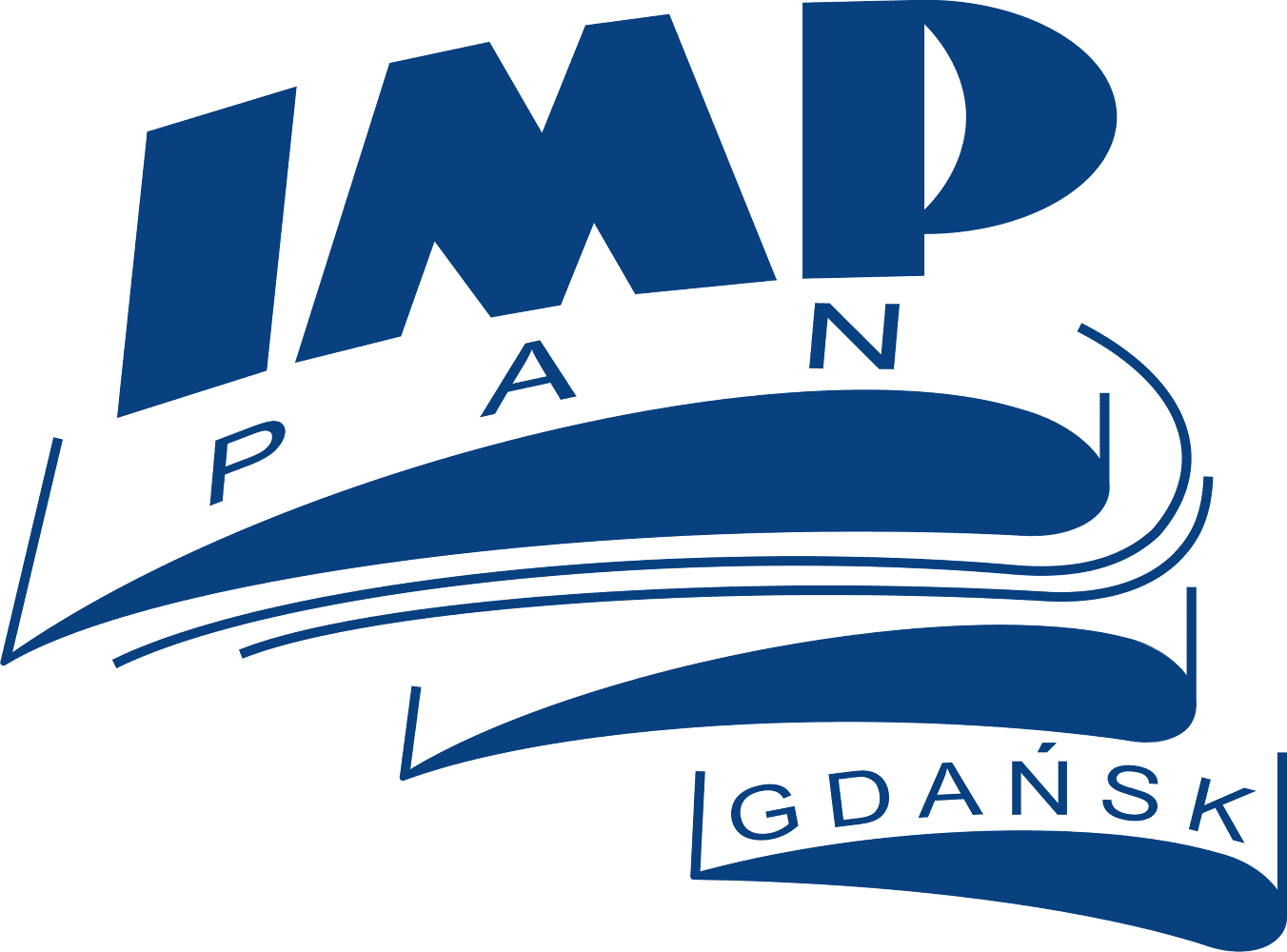Modeling and analysis of dynamic interactions
Modelling of dynamic impacts occurring in complex rotor-bearing-support systems using non-linear methods.
A rotating machine is a complex mechanical system comprising three main components:
- rotor,
- bearings,
- supports.
As a result of many years of work, our scientific team has proposed a new and unified description of a rotating machine in the form of a computing environment, called MESWIR. This description is appropriate for both small rotating machines and large power machinery such as steam turbine sets. The "MESWIR" system enables analysis of dynamic properties of rotating machinery throughout the whole speed range which goes well beyond the border of stability. Its essence is non-linear description of the physical phenomena, occurring in rotor dynamics. Therefore, it is possible to analyze vibration after crossing the stability border as well as to generate nonelliptical displacement trajectories and complex spectrum graphs within a stable operating range by means of a single software tool (Fig. 1). The system also provides the possibility to model rotating systems with different types of defects. (Fig. 2).

Fig.1: The Idea of non-linear description applied in the "MESWIR" software.
Fig.2: Example of FEM rotor model including defects.
A detailed description of the MESWIR computing environment can be found in the monograph, available at:
http://www.dynamika-wirnikow.imp.gda.pl/r3.htm
2. Modelling of foil bearings
The Department of Turbine Dynamics and Diagnostics has been developing its own models of rotors supported by foil bearings, including models of such types of bearings alone. Foil bearings can prove to be difficult to model due to their complex geometry. It is necessary to take account of fluid-structure interactions, effects of contact and friction, flow of medium in a lubricating gap of deformed geometry and heat transfer surfaces. Our ongoing work is aimed at developing reliable models, which can be utilized in designing, research and optimizing rotating systems equipped with foil bearings.

Fig. 3. The exemplary result of numerical strength analysis of foil bearing elements.

Fig. 4. Temperature distribution of the foil bearing bush.
The experimental studies (on a specially-built test rig) are also being conducted on foil bearings under different operational conditions to verify and calibrate computational models. The IMP PAN team is actively involved in research projects, which resulted e.g. in innovative structural solutions of foil bearings as well as numerical models in the form of computer programs for analyzing such bearings. Efforts are also being made to improve the thermal stability of bearings using thermoelectric materials.
Simulation analysis of constructions by means of Finite Element Method
Numerical models are widely used in design and diagnostics of rotating machinery. Such models are fine-tuned on the basis of experimental results and measurements carried out on both real objects and test rigs. Staff members of the Department of Turbine Dynamics and Diagnostics make use of numerical models simulating the dynamic behaviour of rotating machinery. These models allow, amongst other things, for accurate determination of natural frequencies and associated mode shapes, structural and thermal analysis as well as multi-disciplinary design optimization.

Fig.5: The numerical analysis of rotor vibration inside the micro-turbine casing, obtained using ANSYS software.

Fig.6: FEM model of the rotor with bearings
that are attached to the supporting structure,
created using ABAQUS software.

Fig. 7. Simulation analysis of rotor vibration developed in MADYN 2000 software.
Model-based diagnostics of large energy facilities
The Department took part in the implementation of the large interdisciplinary project with the acronym "DIADYN" entitled ‘Integrated and Dynamic System of Risk Classification, Diagnostics and Control For Objects and Technical Processes’.
The main result of the project is the methodology to develop intelligent factory management systems for the so-called "factories of the future", including a prototype of hybrid, dynamic, new generation expert system, which combines the elements of risk assessment, check on the safety of labor, strength analysis, flow & thermal diagnostics as well as materials engineering. An original idea is to identify combination possibilities of controlling material properties of the objects with traditional methods describing their dynamic condition. This approach enables implementation of the fundamental modelling principle to cover all relevant interactions occurring in mechanical systems.
A large part of project’s work concerned the development of new methods of analysis for a new generation of turbine sets in order to lay the foundation of secure, ecological and highly efficient conventional power generation.
Modelling of heat transfer in bearing nodes using 3D models
The main scientific objective of the work in this field is the improvement of the algorithm and its implementation in complex rotor–slide bearings–supports systems, including fluid-structure interactions. Such research is also being conducted on foil bearings.
The rise in the temperature of lubricating medium causes thermal deformation of bearing components which entails change of the oil gap geometry. This in turn causes the creation of new operating conditions for the flow of medium thereby changing, usually in a qualitative way, pressure and temperature distribution inside the bearing. These new pressure and temperature distributions result in altered formation of thermal and elastic deformations of bearing components. In order to precisely model physical phenomena occurring in a bearing lubricating gap, it is necessary to take into account interactions between working medium and structural members of the bearing – in particular between working medium and bearing sleeve.
As a result of long-term research and development work, a new model of multi-supported rotating machine has been elaborated. The model takes into consideration such factors as: thermoelastic deformations of bearing sleeve, various external restraints configurations for a bearing sleeve as well as their impact on bearing characteristics and rotor-bearings-supports system, considered as a whole. The implementation consists of incorporating simulation results to distributed knowledge base of the existing advisory system.

Fig. 8: Thermal processes occurring in slide bearings.

Fig. 9: Exemplary distribution of thermoelastic deformations in the slide bearing.



















